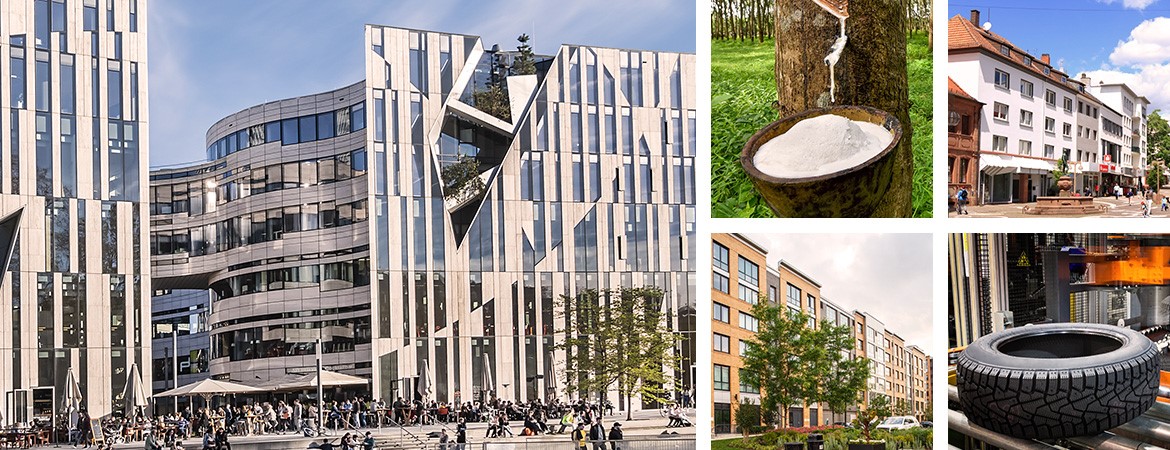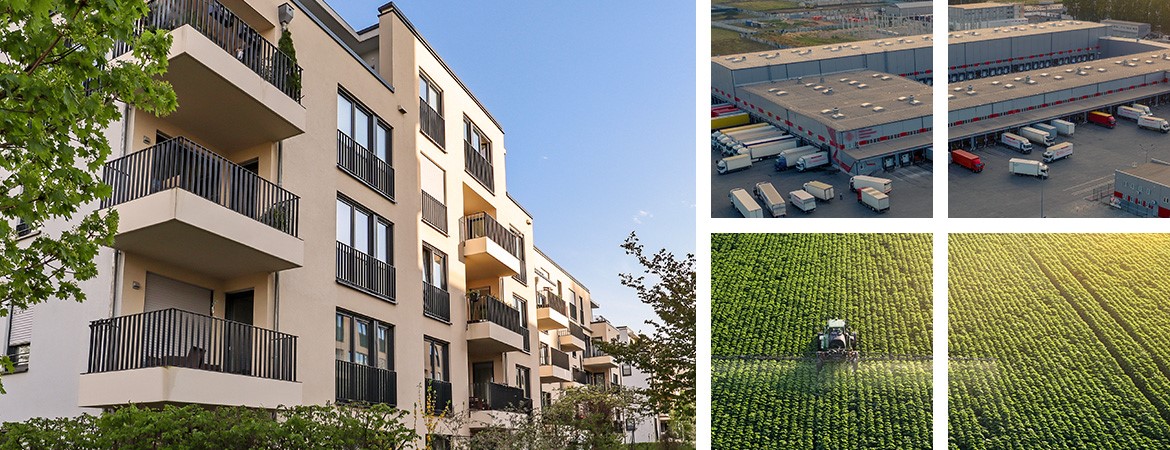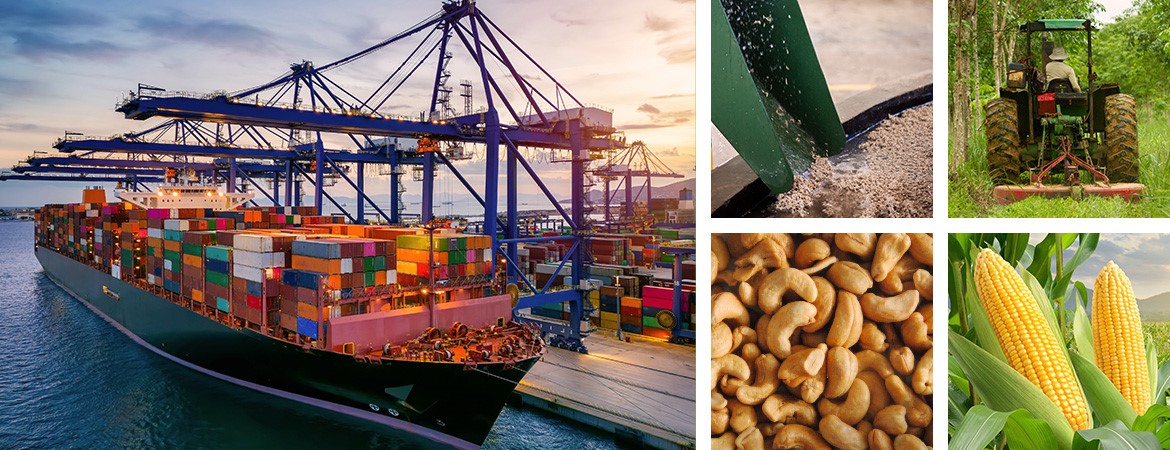








Natural rubber is one of the primary industrial commodities and is actively traded on various international commodity exchanges, both as a physical product on the spot market (e.g., London, New York, Kuala Lumpur) and as a future (e.g., TOCOM – Tokyo Commodity Exchange, SGX – Singapore Commodity Exchange).
Because rubber has many different applications in almost all industry and business sectors, the development of the price of rubber is closely linked with global economic development and tends to benefit from the continually growing global economic output.
As a result of the high trading volume in the Asian economic zone, the price of rubber is strongly influenced by local market conditions. China alone consumes 35 percent of the natural rubber produced in the world.
Seeing as global economic developments are cyclical, there is a constant fluctuation between surpluses and insufficient supply of raw materials which has an effect on commodity prices. This is why the price of rubber develops rather slowly because establishing rubber plantations is time consuming, and it is hard to adapt quickly to a change in demand.
Given the strong global economic development leading up to 2009, the rubber price rose to over 4 euros per kilogram until 2011. Then it started to come under pressure as a result of the cooling of the global economy as did most raw materials. In 2015, it came in at considerably less than 2 euros. In the meantime, prices have obviously recovered, and a mid-term rubber price of 2.00 to 2.50 euros appears to be realistic.